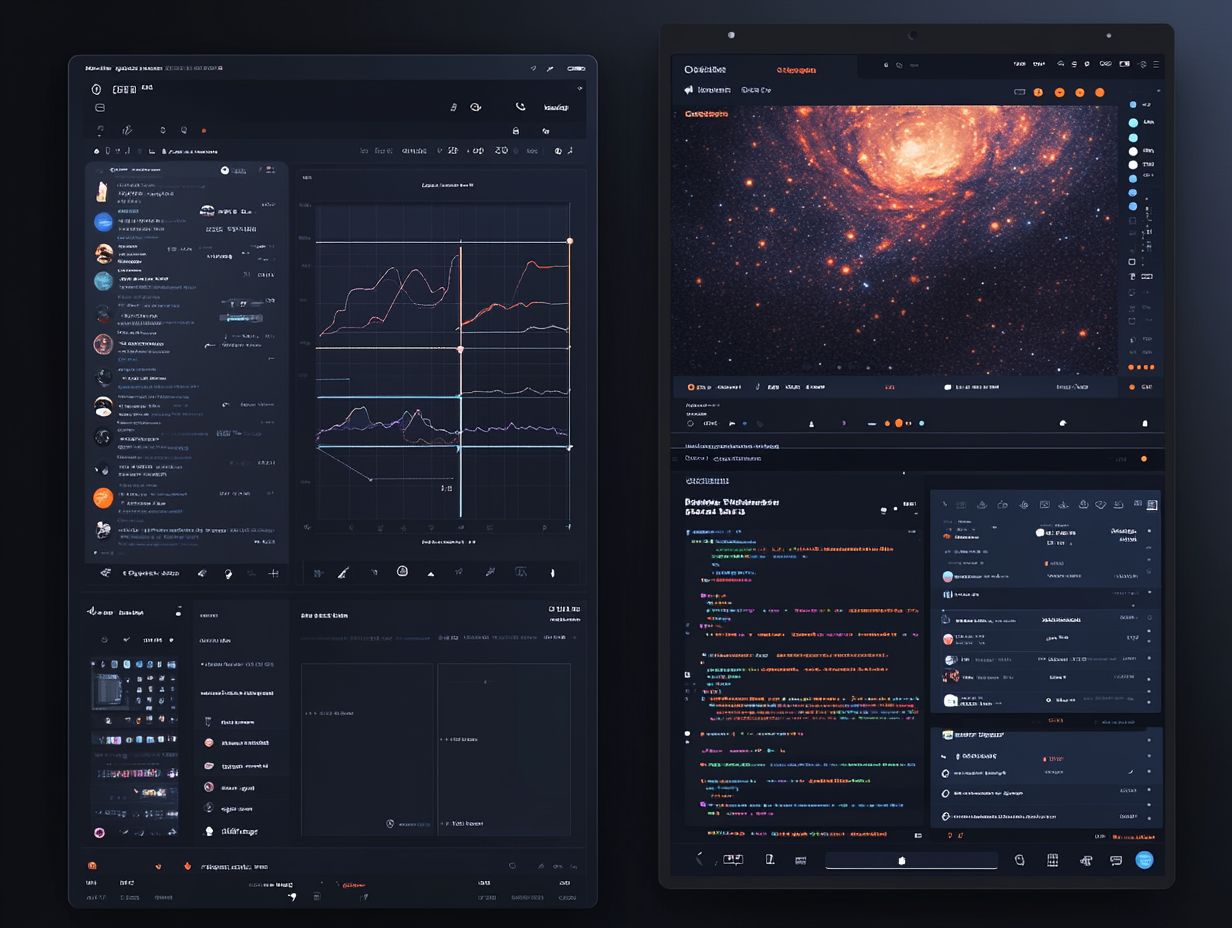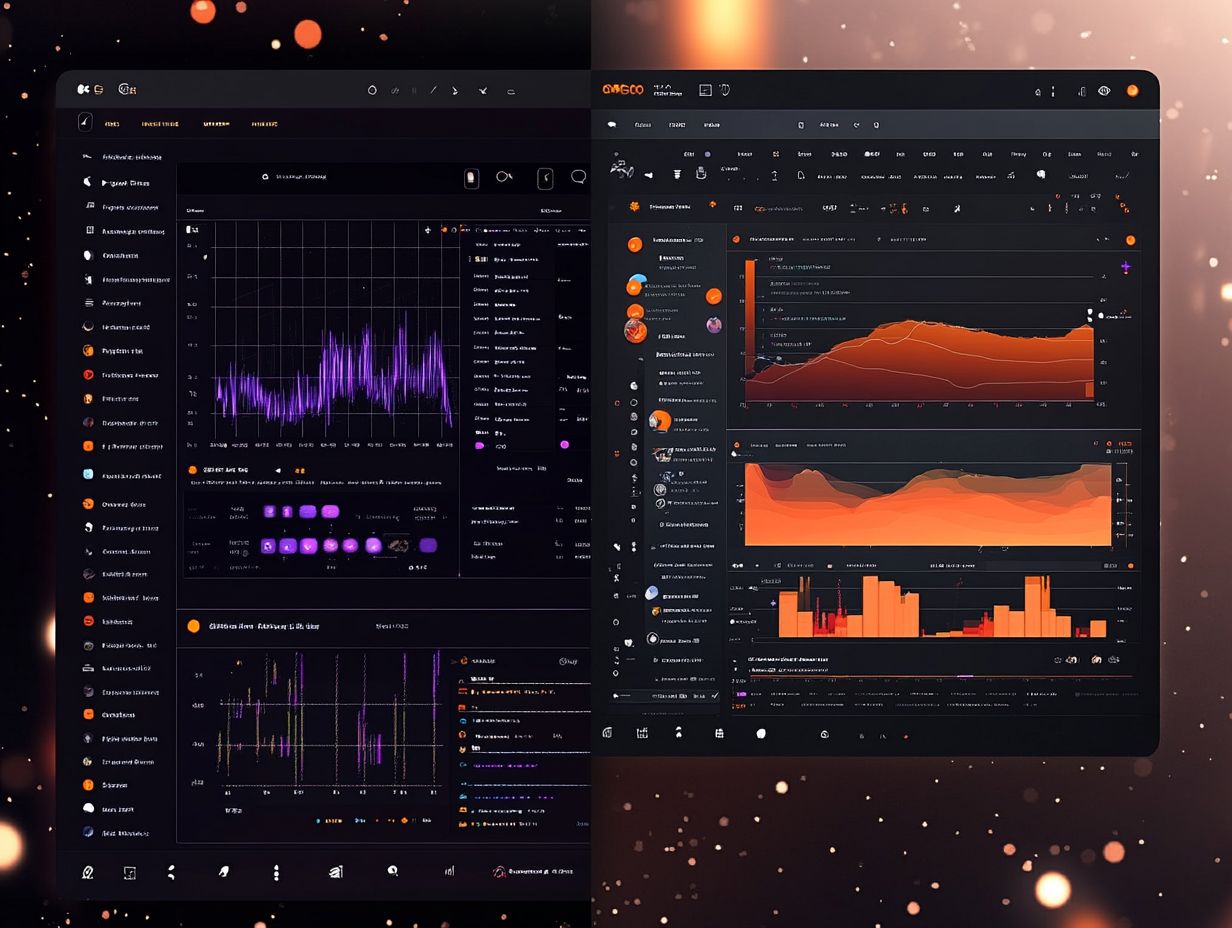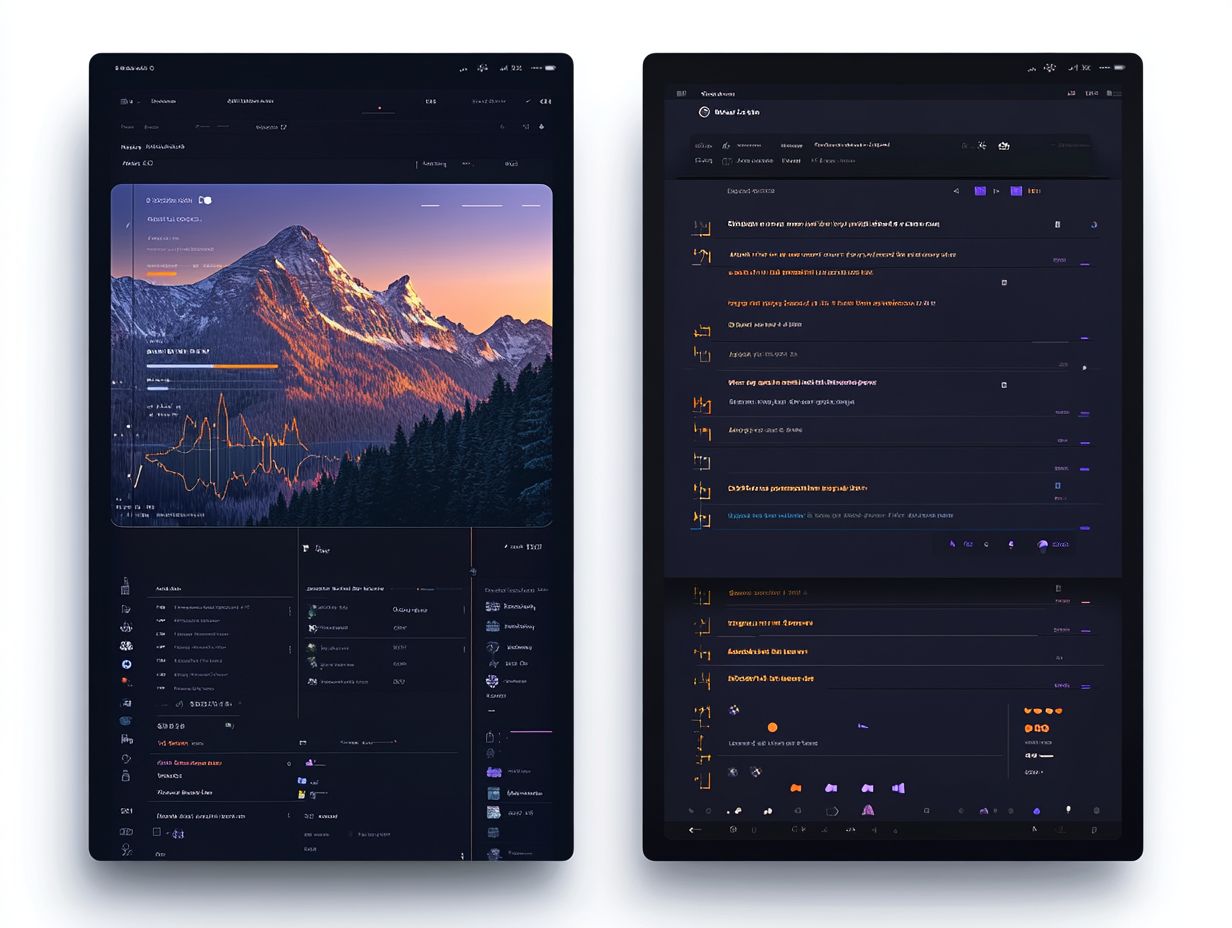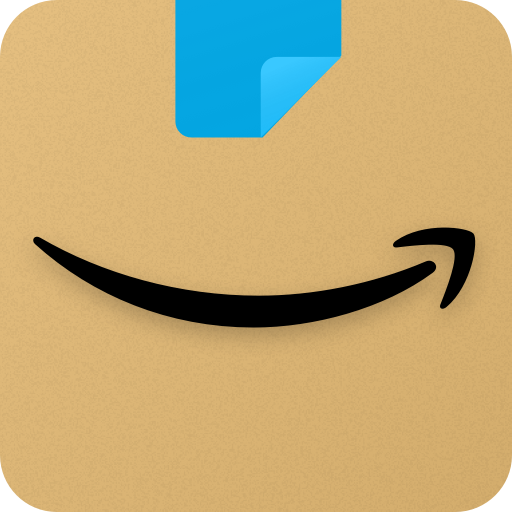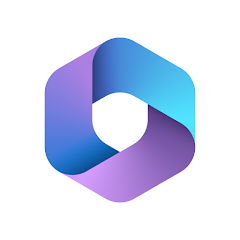Obsidian vs. Logseq: Battle of the Best Note Apps for Power Users
6th August 2025
Peter Samos
In the continually advancing realm of note-taking applications, Obsidian and Logseq emerge as two prominent contenders, each offering distinct features specifically designed for power users. This analysis examines their key differences in organization methods, collaboration capabilities, and user interfaces, facilitating your ability to determine which application aligns best with your requirements. We will evaluate the advantages and limitations of both tools, providing guidance throughout the decision-making process to identify your optimal note-taking solution.
Overview of Features and User Interface
In the field of digital note-taking apps, both Obsidian and Logseq present distinct features and user interfaces that address the requirements of various power users, including effective note organization, productivity tools, and collaboration methods.
A thorough understanding of their open source design philosophies and functionalities is crucial for individuals engaging in knowledge management with these applications, particularly those interested in semantic search and data retrieval.
Key Differences Between Obsidian and Logseq
When comparing Obsidian and Logseq, it is essential to conduct a thorough software comparison of their key differences, including their foundational philosophies, interface designs, customization options, and distinctive feature sets.
These elements, including templates and formatting options, are pivotal in catering to the diverse needs of users within the digital workspace and note-taking landscape.
Organization and Note-taking Methods
Effective organization and note-taking methods are fundamental features of both Obsidian and Logseq. By utilizing markdown syntax, backlinks, and bidirectional links, these applications significantly enhance users' ability to create a personal knowledge base that is easily navigable and interconnected.
These platforms offer distinct methodologies that cater to varying user preferences while maintaining core functionalities that promote efficient information management. For example, the incorporation of markdown allows users to format their notes swiftly, enabling them to emphasize important points or logically structure their content.
Furthermore, backlinks are essential for linking related notes, thereby creating a network of information that simplifies retrieval and cross-referencing. Users often adopt task management strategies by tagging notes with priorities or deadlines, which helps in the quicker identification of tasks within their dynamic directories.
The implementation of consistent tagging practices further enhances the organization of notes, facilitating effortless sorting and retrieval in today's fast-paced information landscape.
Collaboration and Integration Options for Knowledge Networks
Collaboration and integration options are essential for users seeking a seamless experience in knowledge management. Both Obsidian and Logseq offer unique capabilities that enhance user interaction and support diverse workflows.
While their core app features primarily focus on individual productivity, both tools also provide robust collaboration options through plugins that can connect with various applications, facilitating a more dynamic work environment and supporting knowledge retention.
The availability of offline access allows individuals to continue their note-taking and organization without the need for constant internet connectivity, making these applications ideal for users who are frequently on the move.
Furthermore, the cross-platform functionality of these applications enables easy synchronization between devices, thereby enhancing user flexibility and multi-device support.
As users share notes within their communities, it is crucial to consider data security and privacy to ensure that sensitive information remains protected during collaborative efforts.
Pros and Cons of Obsidian and Logseq
Evaluating the advantages and disadvantages of Obsidian and Logseq is crucial for power users aiming to enhance their note-taking strategies and experience through effective note synthesis.
Each application presents distinct strengths and limitations that can substantially influence productivity and workflow.
Advantages and Limitations of Each App
Each note-taking application, Obsidian and Logseq, presents its own advantages and limitations, which significantly influence the overall user experience and performance within knowledge management workflows, particularly for individuals deeply engaged in content creation.
Both applications offer distinct features that cater to varying user preferences. Obsidian excels in its linking capabilities and markdown support, enabling a dynamic network of thoughts that enhances the user's ability to connect ideas fluidly. In contrast, Logseq emphasizes outliner structures and bidirectional linking, appealing to users who prefer a hierarchical and structured approach to note-taking.
The learning curve associated with each application differs; Obsidian may require time to navigate its complex plugin ecosystem, while Logseq’s outlining methodology may pose challenges for users who are accustomed to traditional note-taking styles, particularly in academic writing and note management systems.
Ultimately, the selection between the two applications will depend on individual preferences and specific requirements regarding effective note aggregation, cloud storage, and management.
Which Note App is Best for Power Users?
Determining the most suitable note-taking application for power users necessitates a thorough assessment of individual requirements, workflows, and the specific features provided by each application—Obsidian and Logseq—that contribute to the development of a comprehensive personal knowledge base and support for non-linear notes.
Factors to Consider and Personal Preferences
When selecting between Obsidian and Logseq, several factors emerge that reflect individual preferences, including task prioritization, data organization methods, and the capacity to effectively manage research notes and information organization within the chosen platform.
These factors can significantly impact the overall user experience, as individuals typically seek an intuitive user interface that aligns with their workflow. For instance, those who prioritize task management may discover that one platform's annotation tools greatly enhance their productivity compared to the other.
The ability to establish a clear note hierarchy can facilitate more efficient data retrieval, thereby streamlining the research process.
Ultimately, the significance of these elements cannot be overstated, as they play a crucial role in determining how effectively users can engage with and utilize the information they compile, including collaborative notes, documentation, and note archiving.
